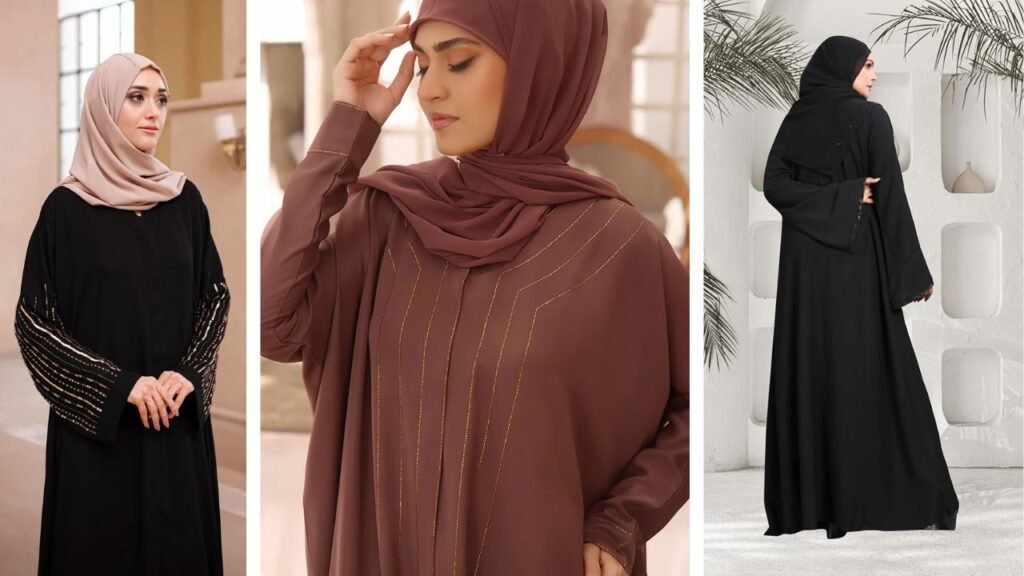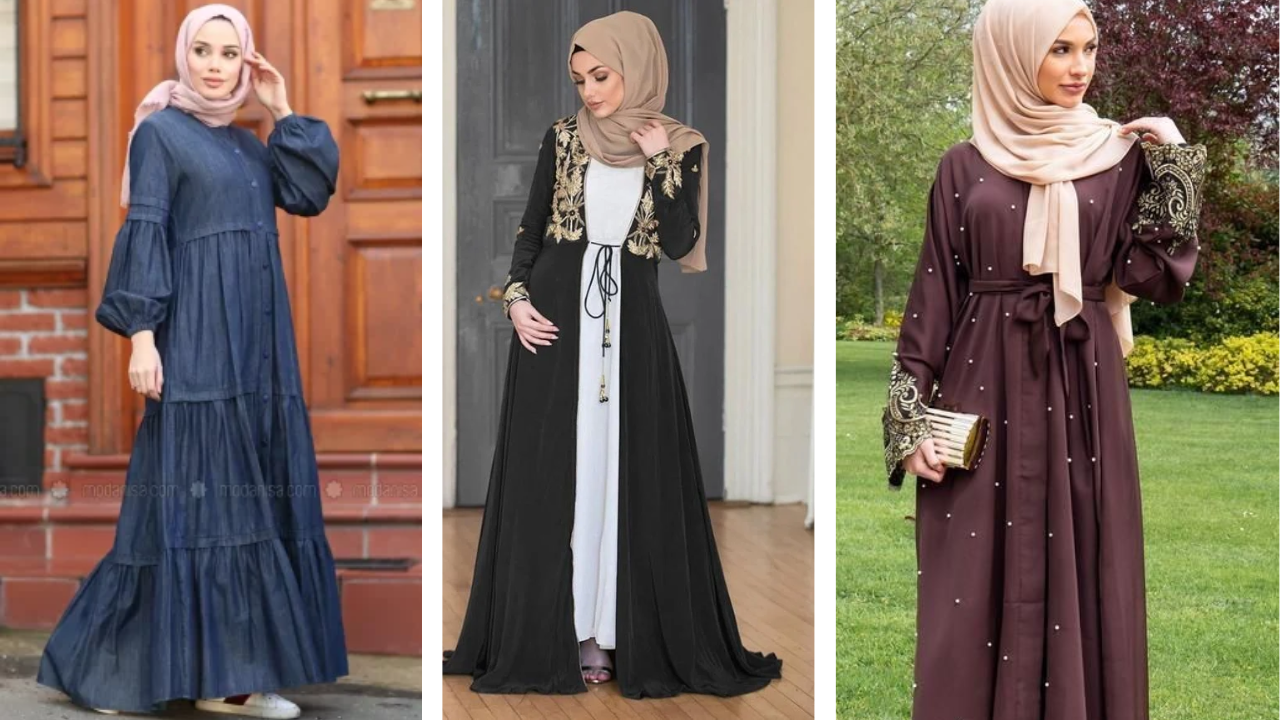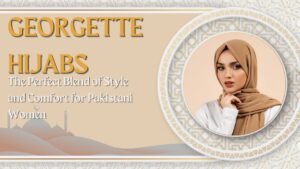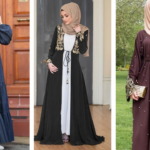An abaya is a long, draped garment mostly worn by women from a variety of cultures, including in the Middle East. Traditionally, it is considered a modesty statement as well as an identity marker, having traditionally been defined by a loose fit and a simple design. Today, however, the abaya has come up with so many styles, which can perhaps boast of showing ideals from traditional beliefs and modern fashions. This article covers such aspects as the abayas styles, the materials used in making them, and the forces behind their design.
Traditional Abaya Styles
While abaya styles vary widely, several key traditional looks remain popular:
- Khimar Abaya: The style is adopted with a cape forms covering shoulders. This extends towards the back while it is usually accompanied by head covering. Thus, a more elegant and modest look is projected.
- Jilbab: This is basically more tailored as compared to abayas. Mostly jilaab has little embroidery or lace work along with front zipped or button opening closure. There is a variety of lengths available to wear.
- Bishop Sleeve Abaya: It has a much voluminous sleeve which tapers nicely at the wrist to give the style a different look. It adds a lot of elegance to the abaya and is mostly used in more formal kinds of abayas.
Contemporary Abaya Designs
In response to changing fashion trends, modern abaya styles have become more versatile and playful:
- Ornate Abayas: Embellished with heavy embroidery, beads, and sequins; these abayas become evening wear. The embellishment attracts celebration and formality.
- Maxi Abayas: Maxi abaya is mainly at place where the sun shines hot. It is the most loose flowing and comfortable size. Lightweight fabrics usually have this long maxis. They tend to have relative loose fit and can be worn casually, but can also up-dress with accessories.
- Draped Abayas- more dynamic and fluid silhouette. This type of abaya presents draped fabric in an asymmetrical cuts and overlays and gives a very modern look without leaving the modesty.
Fabrics and Materials Used
The material chosen for an abaya significantly affects its look, feel, and functionality. Here are some common fabrics used:
- Chiffon: Light and translucent, the fabric usually has a soft, flowing aesthetic, typically used for formal abayas. It’s suited to evening wear and is usually reserved for those special occasions.
- Silk: The finest fabric of them all, it’s luscious against the skin and produces an alluring sheen, along with graceful drape. The silk abaya is predominantly for formal occasions but needs a little more care in using it.
- Cotton: This soft, breathable fabric would suit everyday wear, ideal for hot places. Cotton abayas are most often available in bright colors and prints, attracting the younger audience.
- Jersey: Very stretchy, comfortable and easy to move in. This kind of material is now being favored for casual- and sporty-looking abayas.
Color Trends and Patterns
Traditionally, abayas were predominantly black, symbolizing modesty. However, modern interpretations feature a vibrant array of colors:
- Subdued Shades: Soft pastels are gaining more and more popularity, reinventing modest wear.
- Bright and Bold: Some of the styles go bright in hues of red, blue, or green-the color combinations achieve consummate statement style.
- Printed Abayas: The fashionable options include floral, geometric, and abstract patterns. These designs give personality while keeping the components intact.

Cultural Significance
The abaya is more than just clothing; it’s a symbol of identity and cultural significance. Different regions may interpret the abaya in unique ways, influenced by local customs and fashion preferences.
- In Saudi Arabia, for example, the daily wearing of an abaya, usually combined with a niqab or hijab, demonstrates a tradition with deep roots.
- In the UAE, fashionable abayas are a mix of both traditional and modern styles; they are similar to the rest of the region in celebrating the modern styles yet is only worn during times of special occasions.
Personalizing Your Abaya
As the demand for individual expression in fashion increases, many women are exploring ways to personalize their abayas. Here are some ideas:
- Layering: Using an abaya with a vivid inner dress, or combining it with a fashionable hijab, can bring a unique touch to how the abaya appears.
- Accessories: Belts, brooches, and statement jewelry can add character and carry the overall effect of an abaya much higher.
- Bespoke designs: Some of the women tailor their abaya according to their choice of style, fabric and ornaments which make it utterly unique.
The Future of Abaya Fashion
As fashion continues to evolve, so does the abaya. Designers are constantly experimenting with cuts, colors, and materials to keep the abaya relevant and stylish:
- Sustainable Fabrics: A few designers have begun using sustainable materials and practices in abaya making with the rise of sustainability in fashion.
- All year round: Abayas now come in specifications in line with the various seasons; lighter fabrics for the summer and heavier, layered ones for the winter.
- Internationalization: Modest clothing trends, coming up in appreciation from every corner of the world, have led to even more diverse interpretations of the abaya popularizing it further.
Conclusion
The abaya, traditional yet modern in essence, is the most important dress. It is available in a wide range of styles-from traditional khimar and jilbab to the modern embellished and printed styles-for every occasion and for every personal preference. The rich cultural roots coupled with changing fashion trends are what keep the abaya a permanent fixture in the lives of modern-day women. With ongoing innovations by designers, the future of abaya fashion promises to be quite thrilling.






